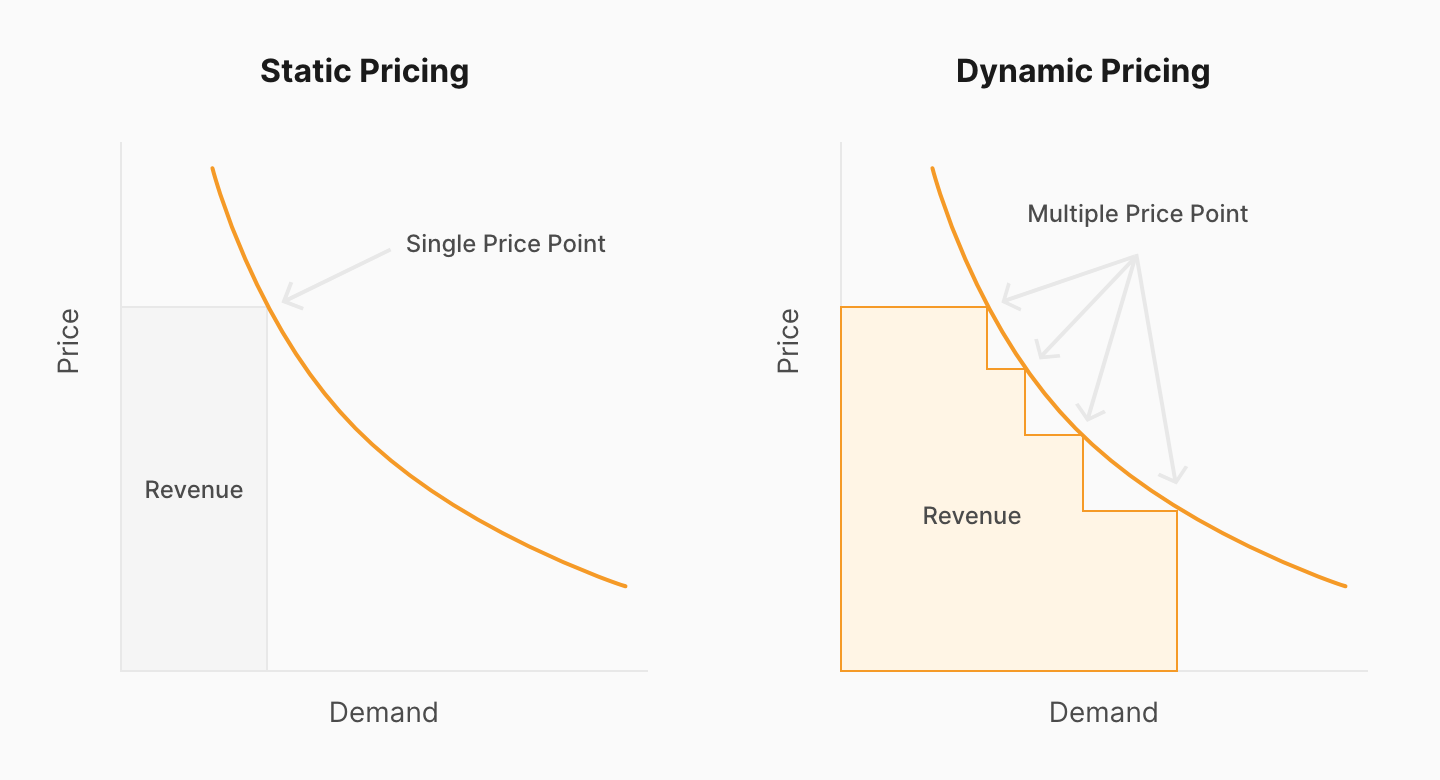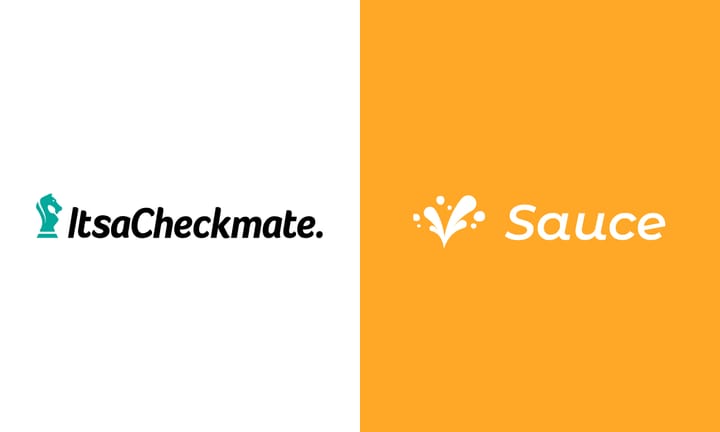What is Dynamic Pricing?
Sauce dives into the most important questions around dynamic pricing, and the roles of demand, seasonality, and consumer behavior in restaurants.

Whether we recognize it or not, we regularly interact with dynamic pricing: booking a flight, calling a Lyft, or ordering that last-minute item for a beach vacation off of Amazon. Dynamic pricing is a strategy (and often an algorithmic approach) of pricing products based on current market demand, seasonality, and environmental constraints. Price changes can occur within minutes as the strategy is reactive to demand and other consumer behaviors.
With the pandemic nearly behind us, it is easy to recognize how our purchasing behaviors have changed. As consumers, we plan to continue to use the digital food delivery platforms that have kept us safe over the past year. New users and their sustained usage mean that now restaurants and kitchens can use modern methods that airlines and Amazon use to predict demand. Dynamic pricing is precisely the tool restaurants and kitchens should be exploring to maximize their competitive edge and build on customer loyalty. Dynamic pricing is no longer only for airlines, hotels, ride-hailing companies, and massive e-commerce retailers [Mckinsey Study]. This is where Sauce fits: helping restaurateurs leverage the vast amounts of data coming from the digitization of the food delivery industry. We, at Sauce, help our customers derive signals in the noise.
1. Hungry Customers
This is the most important factor in determining how a menu item should be priced. Price should mirror, as close as possible, the increase or decrease in demand for a restaurant.
2. Active Promotions
BOGO, 20% off, etc. Price updates should be harmonious to active promotions on all delivery platforms - meaning: item prices should not be further discounted if a promotion is actively being run. However, it is possible to explore customer reaction to promotions combined with price increases.
3. Market Dynamics
A market can be thought of as a city or a specific area of a city. Market dynamics can include observations of how many other restaurants compete in the same cuisine, concept, and price point. It is also important to gather data on market pressures (like driver shortages or longer than expected delivery times) and overall customer shifts in cuisine preferences. Known events, like New Year Eve Day, Superbowl, or a major concert in the city can also have a measured impact on demand. Some events may drive a sharp increase in orders while others may cause too much compression to roads in the city and affect delivery estimates that force the customer to walk away, albeit temporarily, from the platform.
Want to Learn More?
Enter your email address below to speak with a member of our team.
4. Customer Loyalty
Restaurants know their most loyal customers. They walk in the front door with a smile on their face. While online platforms make it hard to engage with customers on a personal level, understanding customer loyalty is still within reach because these platforms actively track customers and their unique IDs. This makes it easy to know that John will likely order the Breakfast Combo on Sunday Morning. When changing prices based on demand, it may seem that customer loyalty could become an afterthought; however, we can navigate these delicate relationships by forecasting loyalty and protecting specific times or items that drive the most retention and loyalty to the restaurant.
5. Timing
Lastly, time of day, day of week, season, month of year are all components of timing that influence dynamic pricing. Combined with demand, we can use signals from the past to determine how order volume may shape up on a Saturday night. These flags allow us to model how the next hour to a few days of demand may change.

Dynamic pricing is both an art and a science. It requires understanding why sales volume may increase or decrease and using that intuition to create data signals that can be modeled against. The engineering team at Sauce Pricing uses real-life context to model data coming from our restaurant and kitchen partners. Dynamic pricing and execution can be difficult for restauranteurs to do on their own - and that is why our team at Sauce Pricing does all of the algorithmic work to help execute price updates and allow for operators to focus on their restaurant’s key priorities.



